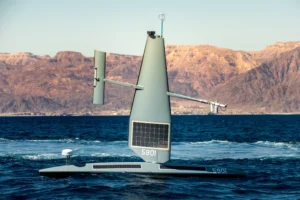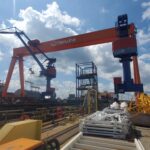
The commander of the U.S. 5th Fleet recently detailed how the U.S. Navy and its allies in the Middle East are planning to collectively have 100 unmanned surface vessels (USVs) operating in the region by next summer. “Our goal is that…at the end of the summer of 2023, we will have grown to a hundred USVs throughout the Middle East. And I think a critical point of this is probably to describe what that looks like: about 20 percent of…

 By
By 










